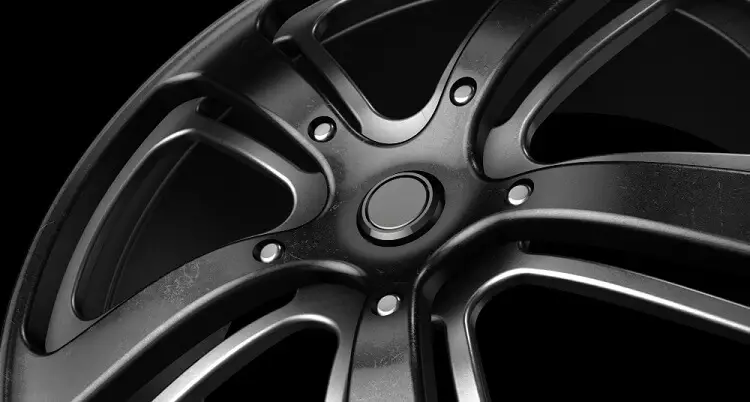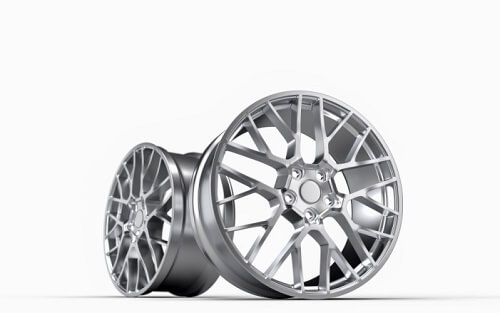
Like all the accessories fitted to your vehicle, the rims are identified by a universal system. In general, most are satisfied with a single data, particularly the dimension in inches of the rim, when you try to change it. To avoid making this rookie mistake, learn how to read car rim markings. Keep reading below:
Check Registration Details
Each car manufacturer has carried out preliminary studies before deciding to install the rim, which will allow the future owner to use his vehicle optimally. As a result, nothing is more suitable for a car than the original rims assigned to it. However, for different reasons, you may need to change them. With the profusion of new aluminium rims that add value to each car, few people hesitate to take the plunge.
However, buying new rims should be done thoughtfully. The best way is to look for the same rim as the original one to negate all risks. But knowing that your rim is 16 inches in size is not enough. There are several other references you should take into account, which are specific to your car. Indeed, a wrong choice could cost you dearly, in every sense of the word.
To eliminate the risks, you should check the markings marked on your rims and look for models stamped with these same references. Only this procedure can certify that you have purchased rims that will be fully compatible and suitable for your car. Usually, you will find these markings on the inside of the rims. They generally represent a succession of numbers and letters grouped into headings. For example, you can find the following information on a 16-inch rim: 7J 16 H2 ET42 5×112. To make it easier to understand, here is a detailed explanation.
The Markings In Numbers
These are the easiest basic symbols to understand. They represent the characteristics of the rim that you usually keep in mind, namely the dimension reference. You will find essentially two independent number markings in the example shown, namely 7J 16 H2 ET42 5×112. These indications 7 and 16 thus represent physical data relating to the size of the rims.
For the case of 7, the number indicates the width of the rim. It is also expressed in inches to facilitate the value’s indication compared to the millimetre, which will give a more impressive figure. As a reminder, one inch is equivalent to 25.4 millimetres. It is then easier to retain 7 inches than 177.8 millimetres. 7 is an example here. You have to remember that the more significant this value, the wider the rim will be.
In general, a classic passenger car has a rim width between 6 and 7.5 inches, sports sedans and competition cars can be up to 9 or 9.5 inches. Ultra sports cars can reach up to 15 or 20 inches (Formula 1, dragster, etc.). On the other hand, other types of vehicles such as motorcycles, scooters, or carts will have smaller widths, of the order of 2 to 4 inches.
For its part, the number 16 indicates the diameter of the rim, always in inches. This is the famous reference that everyone remembers when it comes to a rim. As with the width, the larger this number, the higher the rim will be since the diameter is too. Typically, a standard class passenger car comes with 15 or 16-inch rims. But with the tuning phenomenon, you can find sedans or SUVs sporting 18 to 22-inch rims, the latest trend across the Atlantic having reached over 30 inches.

Letter Markings
Still following the example 7J 16 H2 ET42 5×112, the first letter J indicates the rim’s profile. In technical terms, specialists speak of the rim’s cheek, or the seat, where the tire shoe comes to rest. The J profile today corresponds to the standard category for passenger cars.
Several others, such as A or D profiles for bicycles, motorcycles, or scooters, JJ profiles for 4×4, or F, G, or H profiles for heavy goods vehicles. There is also the B profile for passenger cars in 6 inches. All the technical importance appears in this section because it is strictly forbidden to put one cheek profile in another place. You should, therefore not, under any circumstances, fit a tire intended for a profile B rim on a J profile.
The second letter, namely H, indicates on its side the cutout of the rim, that is to say, how the inside of the rim is sculpted. In the example, the indication H2 means that it is a rim with a double dent. For information, H stands for Hump in English. You may optionally have other derived indications, like FH (Flat Hump: bump with a flat part), EH (Extended Hump: Bump with extension), among others.
Read More: How To Clean Your Car Rims With Home Products
Other Markings
In the example shown, the inscription ET42 indicates the offset, that is, the face’s distance applied to the hub from the rim’s centre. The smaller it is, the more the rim will come out of the body. In some cases, this offset can be damaging. The value of this is expressed in millimetres. In the case of the example, it is 42 millimetres.
Finally, you will also find the 5×112 markings. The first number 5, indicates the number of studs needed to secure the rim. 112 expresses the diameter of the circle passing through the centre of the hole of these 5 fasteners. The way to measure the centre distance differs depending on the number of fasteners. For an even number, measure from the centre of one hole to that of another diametrically opposite. For an odd number, it is necessary to start from the edge of a first hole towards the centre of a third.

Leave a Reply